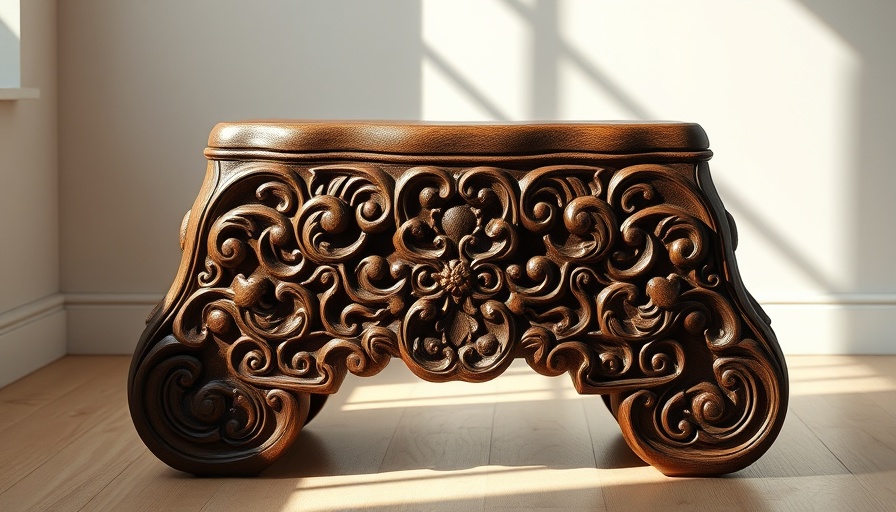
The Rich History of Printmaking: A Cultural Bridge
The legacy of printmaking is one of creativity and innovation, a history that stretches back centuries and reflects humanity's quest for expression. Particularly in North County San Diego, the relevance of this art form resonates deeply. From the early days of woodcuts to the refined artistry of etchings, printmaking has not only allowed artistic expression to flourish but has also democratized access to art, making it available to a wider audience across different cultures and classes.
Woodcuts: The Foundation of Printmaking
Beginning in East Asia during the 9th century, woodcuts were among the first methods for transferring images to paper. This intricate process involved carving a design into a wooden block, applying ink, and pressing it onto a surface. By the 15th century, this method had made its way to Europe, transforming the art landscape. Churches utilized woodcuts to illustrate religious texts, allowing art to bridge gaps between sacred and daily life, fostering a communal experience around imagery and storytelling.
Engraving: A Step Towards Detail
As artists sought more intricate representations, engraving emerged as a significant advancement in the 15th century. Artists would incise designs into metal plates, typically copper, providing the ability to create fine lines and complex textures previously unattainable with woodcuts. This technique saw its golden age during the Renaissance when artistic and intellectual pursuits surged. Works produced via engraving circulated widely, contributing to cultural dialogues across Europe and ushering in an era of information sharing that aligns with today's technological advancements in media.
Etching: The Pinnacle of Expression
Etching arrived in the 16th century and represented a leap in printmaking strategies using acid to create images. Artists could coat a metal plate with a protective layer, draw their designs, and let acid do the rest. This technique allowed for a fluid and spontaneous quality that captivated artists such as Rembrandt and Francisco Goya. By pushing the boundaries of traditional printmaking, these artists elevated etching to a form recognized as high art, showcasing the emotional depth and nuanced storytelling that printmaking could achieve.
Democratizing Art Through Printmaking
One of the most profound impacts of printmaking is its role in democratizing art. The advent of these techniques meant that artistic imagery could transcend the elitist barriers of wealth and status. With printmaking, artists could distribute visual culture to families in Oceanside, Carlsbad, Encinitas, Vista, and San Marcos, allowing them to engage with art as a personal and communal experience.
Printmaking's Educational Shift
Beyond aesthetics, printmaking proved vital in shaping education and disseminating knowledge. As texts and images became more accessible, communities within North County San Diego and beyond were empowered with increased learning opportunities and cultural exchange. Educational institutions began to leverage print media, fostering literacy and critical thinking in ways that mirror current discussions about technology's role in education.
Looking Ahead: The Future of Printmaking
As technology evolves, so too does printmaking. The rise of digital printing and design is creating new opportunities for artists and indisputable connections between classic techniques and modern methods. Artists today are merging traditional printmaking with digital elements, opening avenues for creative expression that engage younger generations and modern audiences in North County San Diego.
In conclusion, printmaking is more than an artistic endeavor; it is a cultural pillar that supports the dissemination of ideas and the enhancement of community engagement. As residents of North County San Diego reflect on the art decorating their homes, they are reminded of the enduring legacy and future possibilities of printmaking. Embracing this rich history not only honors artistic evolution but invites continued exploration and appreciation of print mediums within contemporary culture.
If you want to learn more about how art has shaped our communities, take a moment to engage with local galleries or workshops focused on printmaking and other artistic techniques. Experience firsthand the history and creativity that continue to inspire.
 Add Row
Add Row  Add
Add 




Write A Comment